What's It Like Teaching Mindfulness To Teens?
By Liz Morgan, Mindfulness Instructor with Peace in Schools
Class has begun. The students lay out their mats and cushions. They take their seats amidst the rustling of backpacks and the loud energy of the group. I ring the bell, a gentle call to bring the attention inward. The room falls quiet.
We begin the class with a brief breathing exercise. The teens close their eyes and listen to the sound of their breath. The shift in energy is palpable. Next, we move into our daily “lightning round,” an exercise in which we go around the circle, each student asked to describe whatever they’re present to. Half way around the circle, one teen says he feels “distraught.” We continue around the circle and after a short while he speaks again. “Wait, can you come back to me? Mine has changed,” he says. “Absolutely,” I say. “I feel animated now,” he says. I respond, “Can I ask what changed?” He pauses and then says, “Just saying the word out loud made me feel better.”
While it may seem small, this moment is significant. These teens are learning, through turning their attention to their present moment experience, to recognize and express their feelings. This class offers a rare moment in their otherwise hectic and stressful lives to pause and give themselves the gift of their own attention. One teen said it best when asked what has been most impactful for her, “Practicing on my breathing. I know it seems like something simple and easy but it relieves a lot for me.”
I’m so often asked, “What’s it like teaching mindfulness to at-risk teens?” People wonder what it’s like to bring this work to teens with histories of abuse, drugs and homelessness. Many of these teens have never heard of mindfulness and none of them elected to be in this course. They were placed in it. With all of this, unsurprisingly, comes resistance. It’s a challenge. Beneath the resistance, however, is the reward.
So, what do I tell people? I tell people it’s inspiring. And while it may sound hyperbolic or cliché, it’s true: The moments I share with these young people enable me to see so nakedly the beauty of human existence, the beauty of human connection.
These young people have lived through struggles many of us will never know. One student battled hard drug addiction at the age of 13. One student lost his brother to gun violence. Another student was abused by her alcoholic stepfather. In hearing, daily, their stories of suffering, my conditioned response is to want to “fix” or “save” them. My heart wants so deeply to make it all go away. But it isn’t possible. Suffering is inevitable. More importantly, it isn’t my job. What is my job is supporting them in their self-discovery, their self-understanding, and, in turn, their self-love. As I see self-acceptance cultivated, I simultaneously witness the cultivation of a wider acceptance — one that includes each other, life experiences, and hopefully, over time and with practice, the world at large. I feel blessed to witness this process unfolding every day.
